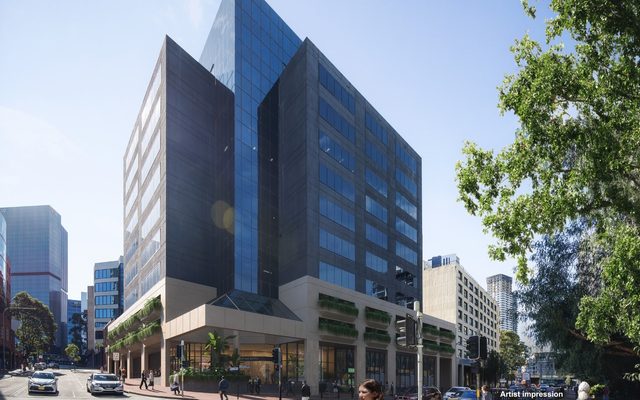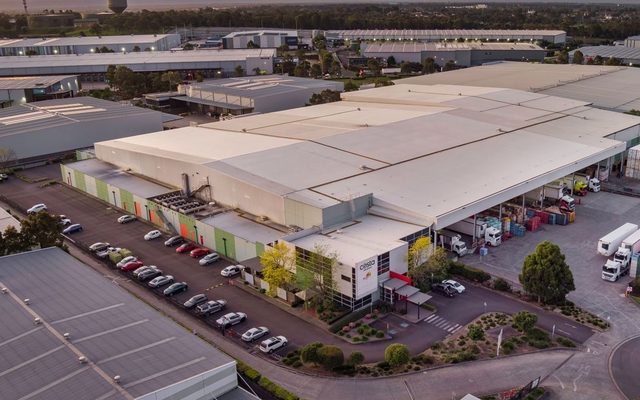This article is from the Australian Property Journal archive
THE skyscraper boom in Sydney will eventually result in an increase in office rents, according to Knight Frank.

/* Style Definitions */
table.MsoNormalTable
{mso-style-name:”Table Normal”;
mso-tstyle-rowband-size:0;
mso-tstyle-colband-size:0;
mso-style-noshow:yes;
mso-style-priority:99;
mso-style-qformat:yes;
mso-style-parent:”;
mso-padding-alt:0cm 5.4pt 0cm 5.4pt;
mso-para-margin:0cm;
mso-para-margin-bottom:.0001pt;
mso-pagination:widow-orphan;
font-size:10.0pt;
font-family:”Times New Roman”,”serif”;
mso-fareast-language:EN-US;}
Knight Frank’s latest report Global Cities: Skyscrapers 2015 ranked Sydney as the seventh city in the world – taking into account a number of factors, including office rents and yields, the spread offered by investment yields compared to national bonds, the number of high rises built, and growth prospects for the city.
Hong Kong was ranked number one globally followed by New York, Tokyo, London, San Francisco, Singapore and then Sydney.
Knight Frank’s head of office agency for Australia John Preece said from a commercial perspective, landlords can charge higher rents for upper floors, which could support the commercial position for high-rise development. Rents in Sydney’s premium towers are also increasing.
“Knight Frank is the exclusive leasing agent for the Gateway building at 1 Macquarie Place, and recently secured Sydney’s highest rents to date of $1,550 per sqm, per annum net.
“Gateway attracts international tenants because it is a premium-grade building offering uninterrupted views of the Sydney Harbour Bridge and Opera House. At present, Knight Frank has no vacant space available for lease but has a waiting list of interested tenants who would like to become occupiers,” he added.
Preece said average upper-level Barangaroo rents are approximately $1,250 – $1,400 per sqm p.a. net.
“Over the next two years, Sydney will add to its skyline the triple skyscraper International Towers cluster at Barangaroo, a major dockside redevelopment. Anchor tenants will include HSBC, KPMG, PwC and Westpac. The complex will include more than 800 apartments, a hotel, and shops, while Renzo Piano has been commissioned to design three new residential towers at Barangaroo South,” he continued.
According to Preece, global cities are developing taller, higher-density buildings as a result of limited land availability – however this is not necessarily the case across Australia.
“In Australia we have been blessed with land which has allowed urban ‘sprawl’, even in our larger cities, Sydney and Melbourne. However, changing demographics demands higher-density CBDs.
“Australia’s cities are relatively low rise on a global scale. However, land availability is now drying up and we are seeing office buildings being withdrawn for residential development – reducing existing office space and the ability to develop more stock.
“Consequently, we will soon be left with no option but to go high. Changing demographics also demands higher-density CBDs. People want to live in cities where they can walk to work and have immediate access to a range of leisure and dining options,” Preece said.
Knight Frank’s head of institutional sales for Australia James Parry said global real estate capital markets are seeing more activity from those who wish to deploy money in very large sums – above the $1 billion mark globally, or $500 million in Australia.
“The size of skyscrapers makes them attractive to such investors, and this will encourage a movement towards developing in scale. There is a shift in the global economy towards city centres of gateway cities, and skyscrapers are successfully delivering the volume and type of homes and offices our cities require.” Parry said.
Australian Property Journal



